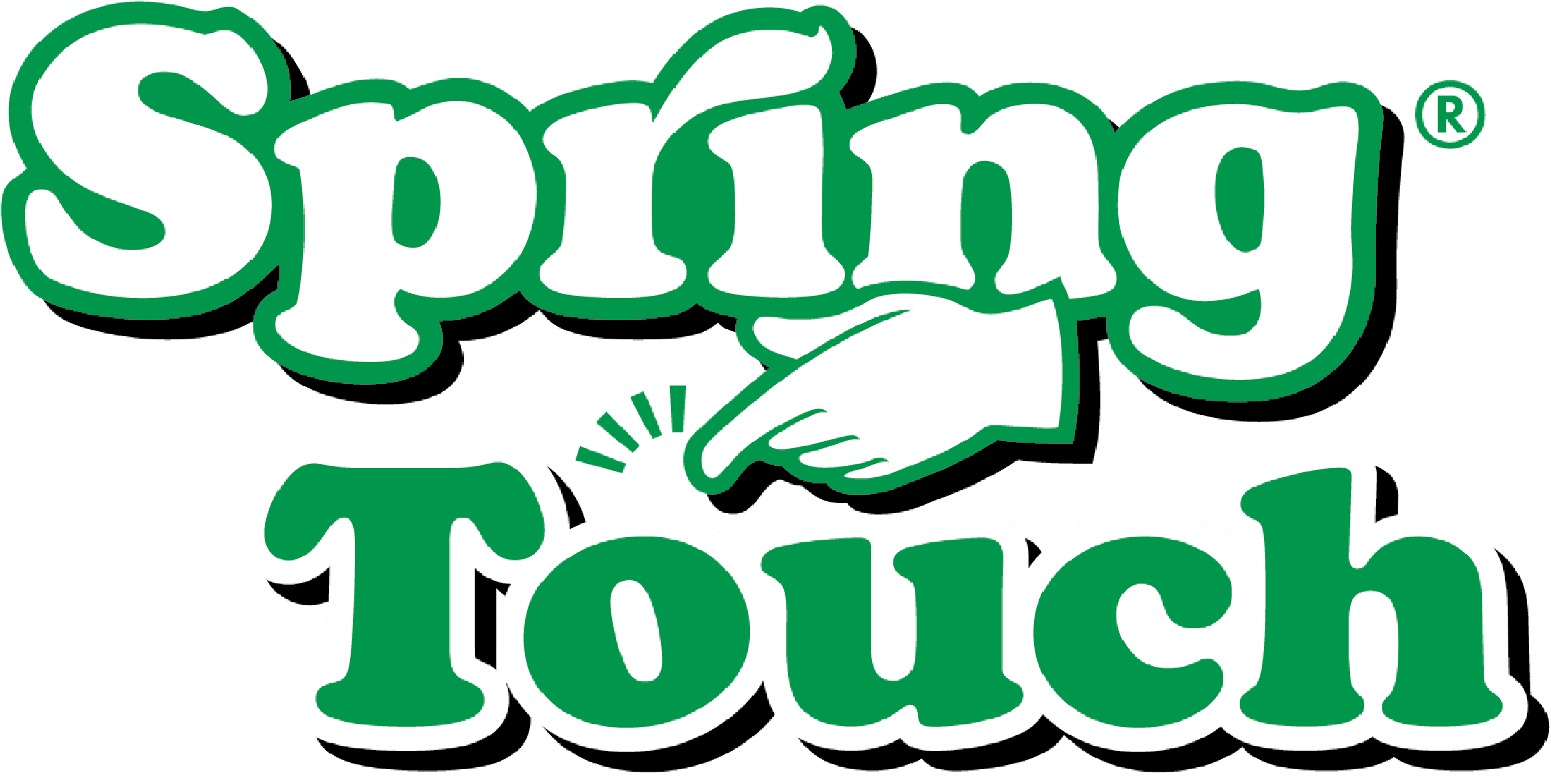-
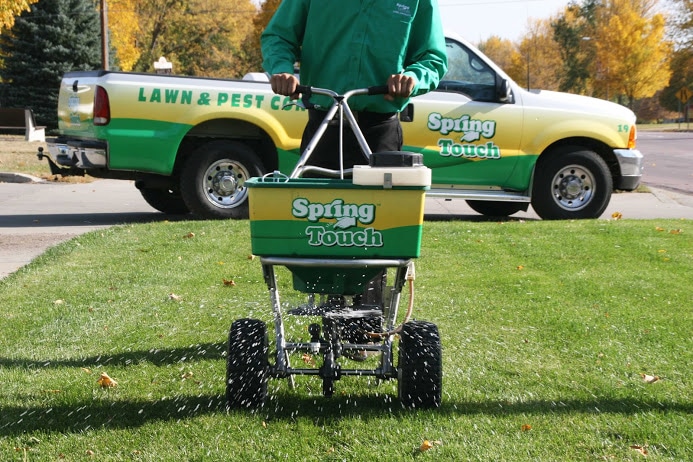
Lawn Care Programs
We love lawns and our specially designed lawn care programs are created to fit your lawn’s individual needs. With over 45 years of experience, we know what lawns in North Oakland County need to be happy and healthy. That’s why we offer our customers a 6 or 7 step lawn care program and we are proud to announce that our products are organic based to help minimize the impact on the environment, all while helping your lawn grown healthy.
Read more -
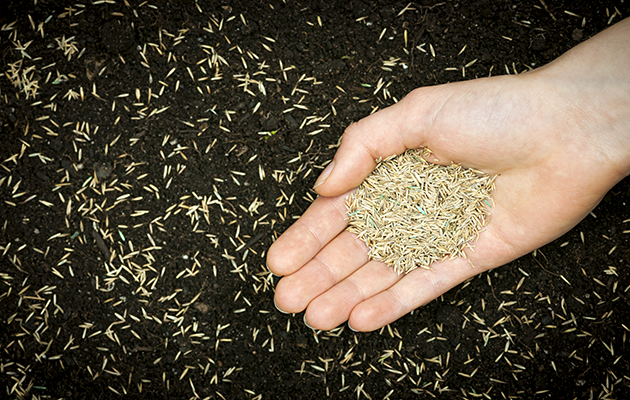
Aeration & Seeding
What Is Aeration? Core aeration is one of the most beneficial treatments available for your lawn. Aeration helps control thatch, improves the soil structure, helps create growth pockets for new roots, and opens the way for water and fertilizer to reach the root system of your lawn. Annual or semi-annual aeration and seeding is advised for all lawns on heavy clay soils, those with thatch buildup, and any lawn that needs to be, “thickened up”. How Often Should I Aerate? We recommend aerating every year. The best times to aerate are during the spring and fall. Fertilization may be done before or after aeration and no after service maintenance is required. The plug-size holes left in the lawn by aeration will fill themselves in naturally over time and do not need to be removed. Why Should I Aerate? The main benefit of aeration is that it reduces soil compaction, which prevents absorption of water and nutrients to the root zone of your lawn. Aeration involves extracting small plugs of soil, known as “cores” from the landscape to allow air, water, and nutrients to penetrate the root system and nurture the overall health and quality of the lawn. How Do I Sign Up? We offer both spring and fall aeration with or without seeding, but we recommend seeding for the best results. Call us at (248) 826-5296 to sign up for aeration and seeding today! Download Watering Instructions Here Lawn Seeding and Watering Instructions Now that your lawn has been seeded, here are some tips that should get your lawn off to a thick, healthy start. A little attention, in the beginning, goes a long way towards providing years of beauty and enjoyment. Watering The single most important requirement for germinating turf grass seed is adequate moisture. Keeping the seed damp, either by rain or irrigation, is critical to proper seed development. With proper watering and germination, seed should be readily evident in 3-4 weeks. The first watering can be done right away. You should moisten the soil to a depth of ½” to 1”… but gently. Be careful not to apply the water so it puddles or with such force that it washes away soil or dislodges the seed. After the initial watering, irrigate the newly seeded area lightly and frequently. Watering should be done two or three times a day, if possible until the grass begins to germinate. As the new grass begins to mature, the watering frequency should be reduced and the duration of each watering increased. Watering at night is not recommended. Activity Too much activity on your newly seeded lawn can interfere with seed germination. Please limit the amount of activity on your lawn for the first 3 – 4 weeks. Mowing Your new grass will be ready to mow when the grass plants are higher than the height at which you normally mow. In other words, if you plan to regularly cut the lawn at 3½”, mow it for the first time when it is about 4” tall. It’s a good idea to follow the rule of thumb of never removing more than ½ of the leaf blade at any […]
Read more -
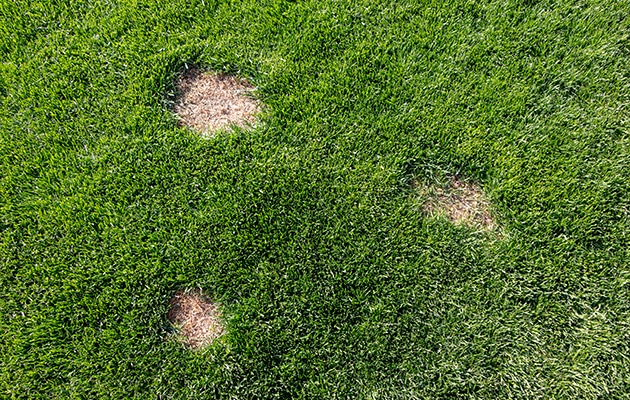
Lawn Disease Control
Turfgrass is susceptible to many different types of diseases and once established, these diseases can be devastating. The best way to prevent disease is by maintaining a healthy lawn, being careful not to over-water, and watering at the correct time of day. Maintaining healthy, attractive lawns takes hard work and management practices that reduce the likelihood of disease. Below you will find a list of common lawn diseases that Spring Touch can treat. If your lawn is suffering from any of these diseases, please call or email our office to receive a price estimate for your lawn.
Read more -
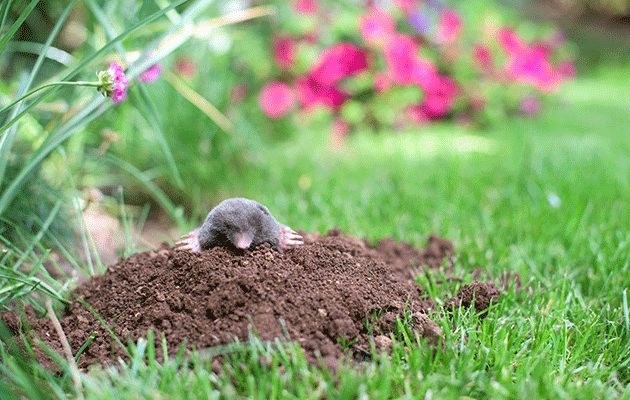
Mole & Grub Control
Stop moles before they destroy your lawn! Symptoms The symptoms include tunneling under the soil which pushes up the dirt and sod. When you walk over the soil, the affected areas will feel very soft. Description Moles can easily be identified by their short, thick body with velvety fur, pointed snout, front enlarged feet, and rounded sharp claws. Mole Control The best way to control moles is by getting rid of their food source, which are grubs. By cutting off the food source, moles usually leave the area. Spring Touch can help remove these pests by putting down a special bait that kills the moles.
Read more -
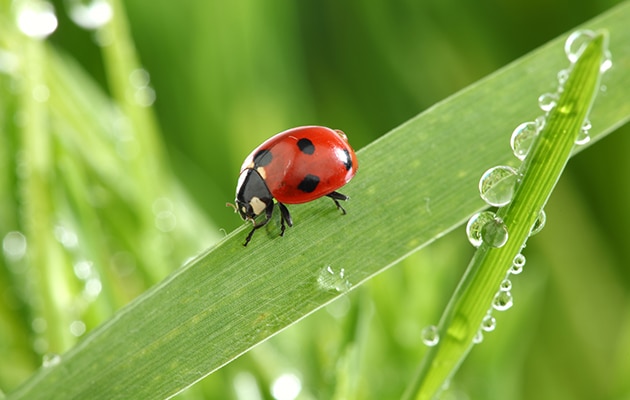
Organic Lawn Care Program
If an organic lawn care program seems like the right fit for you, we offer a 7 step organic granular bio-solid fertilizer program. We can also help personalize a program for you and your lawn. Here are the steps we recommend: Step 1: Early Spring “Booster” An application of granular organic bio-solid fertilizer applied to the lawn’s root system to green it up after a long winter. Step 2: Spring Treatment An application of organic granular bio-solid fertilizer is applied to boost the speed of growth in your lawn. Step 3: Spring / Summer An application of granular organic bio-solid fertilizer is applied to keep your lawn green throughout the summer. Step 4: Mid Summer Granular application of organic bio-solid fertilizer is applied to green up the lawn over the warm summer. Step 5: Late Summer Granular application of organic bio-solid fertilizer is applied to store up nutrients for fall and keep it healthy. Step 6: Early Fall Granular application of organic bio-solid fertilizer provides nutrients for throughout the fall to keep it healthy. Step 7: Late Fall A final application of organic granular bio-solid fertilizer provides nutrients for an early green up for your lawn the following spring. *Important These treatments do not provide broadleaf weed control. If you are wanting weed control, please see our other lawn care programs that include weed control.
Read more
